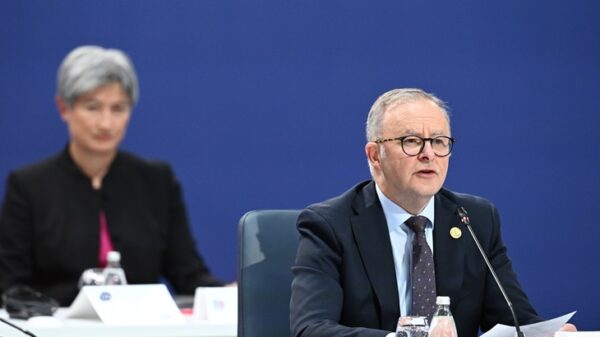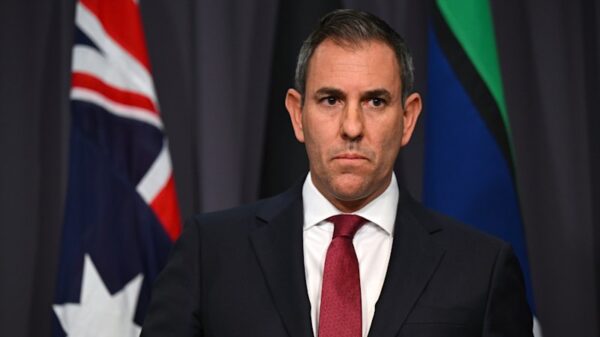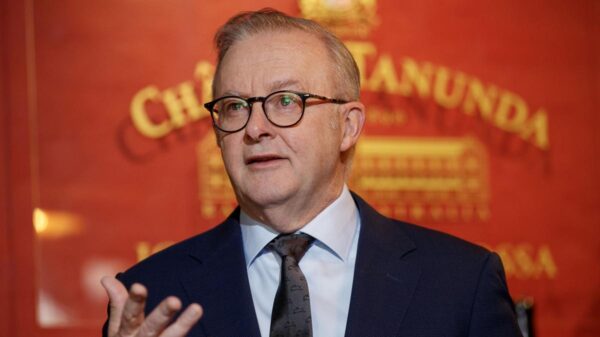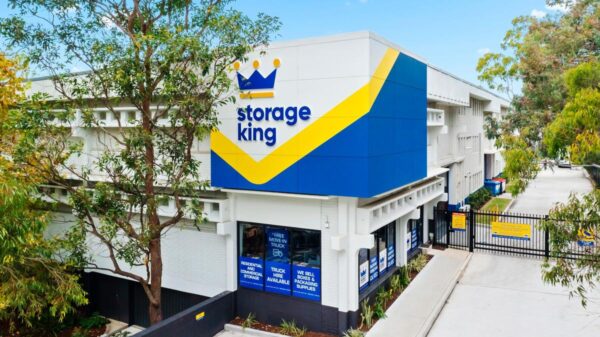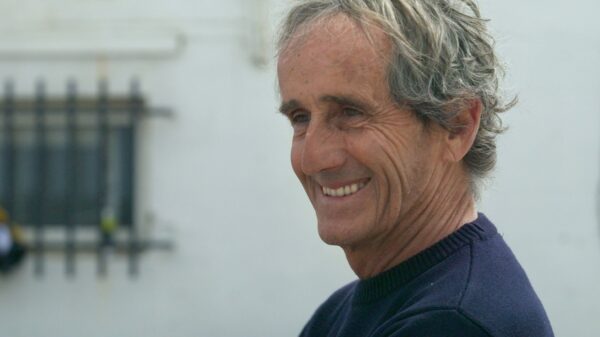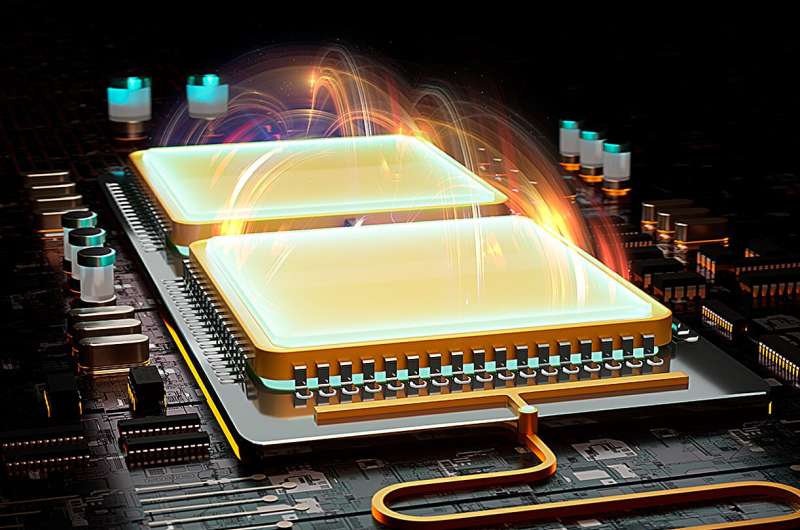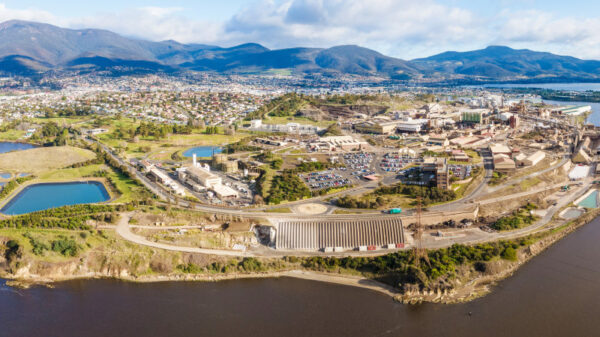On July 8, 2025, physicists from Aalto University in Finland achieved a groundbreaking milestone in quantum computing. They recorded a transmon qubit coherence time that reaches the millisecond threshold, significantly surpassing previous records. This achievement, published in Nature Communications, represents a substantial advance in computational technology, potentially transforming the capabilities of quantum computers globally.
Transmon qubits are essential components of quantum computers, and their coherence time is crucial for performing error-free operations. With previous echo coherence measurements peaking at approximately 0.6 milliseconds, the new millisecond mark allows for more complex computations and reduces the resources required for error correction. This breakthrough could lead to more efficient and powerful quantum systems in the future.
A Milestone in Quantum Research
Mikko Tuokkola, the Ph.D. student who conducted the measurements, described the results as a significant leap forward. “We have just measured an echo coherence time for a transmon qubit that landed at a millisecond at maximum with a median of half a millisecond,” Tuokkola stated. Notably, the median reading also surpasses current benchmarks, highlighting the robustness of their method.
Under the supervision of Dr. Yoshiki Sunada, who is currently at Stanford University, the team at Aalto University developed a reproducible approach to fabricating high-quality transmon qubits. “The fact that this can be achieved in a cleanroom accessible for academic research is a testament to Finland’s leading position in quantum science and technology,” Sunada added, emphasizing the country’s role at the forefront of this field.
Impact and Future Directions
The research was conducted by the Quantum Computing and Devices (QCD) group, part of Aalto University’s Department of Applied Physics, and supported by the Academy of Finland’s Center of Excellence in Quantum Technology. The qubits were fabricated using superconducting film supplied by the Technical Research Center of Finland (VTT), with the success reflecting the high quality of the Micronova cleanrooms at OtaNano, Finland’s national research infrastructure.
Professor of Quantum Technology Mikko Möttönen, who leads the QCD group, remarked, “This landmark achievement has strengthened Finland’s standing as a global leader in the field, moving the needle forward on what can be made possible with the quantum computers of the future.”
For more detailed insights, the research is documented in the paper titled “Methods to achieve near-millisecond energy relaxation and dephasing times for a superconducting transmon qubit” in Nature Communications (DOI: 10.1038/s41467-025-61126-0), and further information can be found on arXiv (DOI: 10.48550/arxiv.2407.18778).


